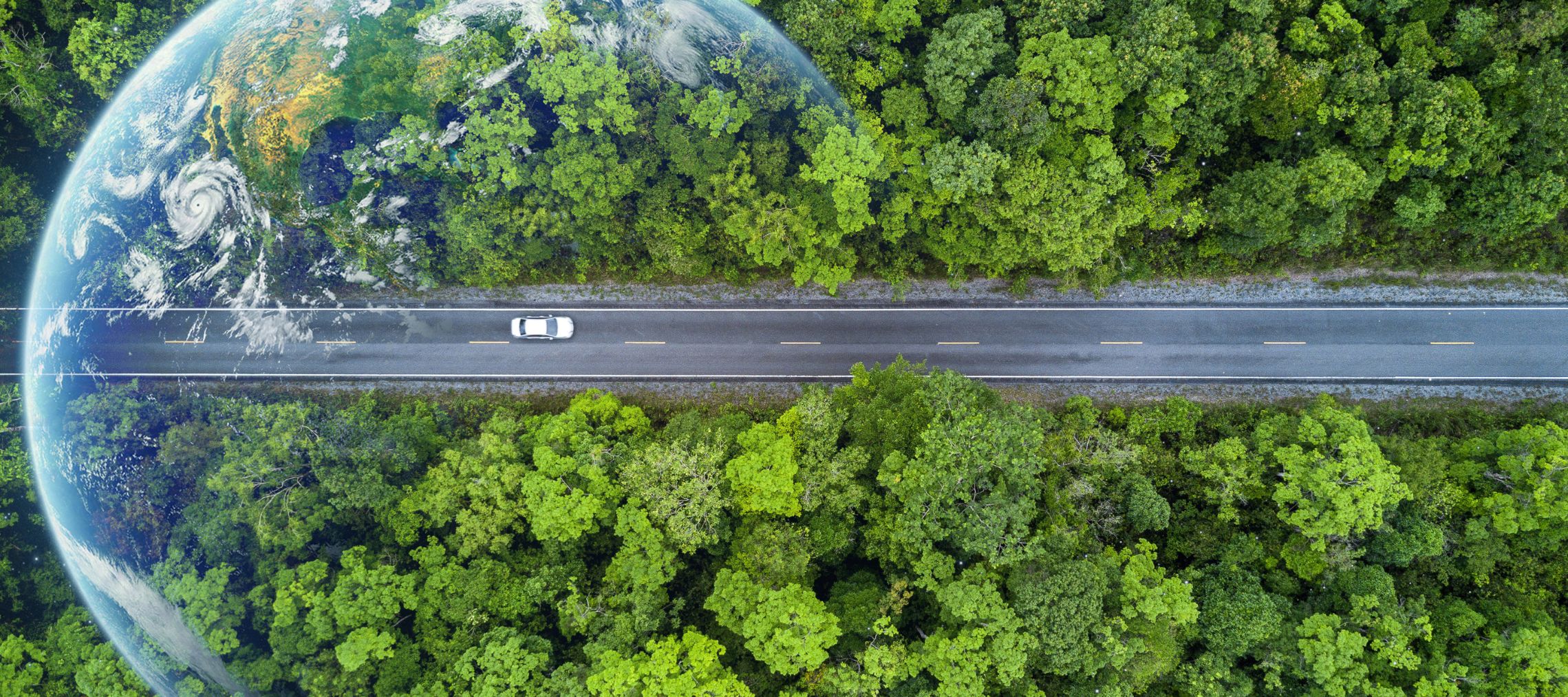Climate change mitigation involves strategies aimed at decreasing greenhouse gas emissions, promoting renewable energy sources, improving energy efficiency, and implementing sustainable practices. CSTEP focuses on building models to simulate India's future across sectors, such as transport, industries, buildings, agriculture, and forestry, to find interventions required to achieve a sustainable and secure future. Our work also involves the study of certain themes that cut across sectors (quality of life and development vs climate action, water and land demands for agriculture vs power, etc).
CSTEP's SAFARI model: Balancing development with climate action requires a good understanding of the interactions between sectors, natural resource systems, and environmental externalities. The Climate Change Mitigation at CSTEP has undertaken a modelling study with the aim to provide such an understanding and help create scenarios for low-carbon development through the use of an interactive simulation tool called Sustainable Alternative Futures for India (SAFARI). You can access the tool here.
SAFARI estimates the energy, emissions, and resources implications of achieving developmental goals such as food, housing, healthcare, education, power for all, and transport up to 2050. The user interface allows you to explore these implications as well as the trade-offs between them. Using SAFARI, you can create integrated scenarios across sectors and test out the impact of policy choices on energy, emissions, and resources. Ultimately, we hope that this tool can be used to provide insights into developing and tracking India's long-term strategy (LTS) in line with the Paris Agreement. For more information, please contact safari@cstep.in



Sustainable alternative futures for agriculture in India—the energy, emissions, and resource implications
India’s falling aquifer levels, erratic monsoons, arable land constraints, stagnating crop yields, growing food demand, and rising greenhouse gas (GHG) emissions necessitate that strategic interventions be planned and implemented to maintain food security in the country.
Why a net-zero vision should drive India’s climate strategy
Globally, efforts are underway to prepare country-level climate strategies in the run-up to the 26th UN Climate Change Conference of the Parties (UNFCCC COP26) at Glasgow in November this year. But, like several developing countries, India seems to be taking a wait-and-watch approach to submit its long-term strategies (LTS) under the Paris Agreement. The Agreement urges all Parties to ‘formulate and communicate their long-term low greenhouse gas emission development strategies’.
Implication of emission regulation on cost and tariffs of coal-based power plants in India: A system modelling approach
•The study estimated the investment required to meet new emission standards for coal power plants in India till 2030.
•The cost of electricity generation from coal power plants will increase by 9–25% with pollution control technologies.
•Study also highlighted the challenges in implementing emission standards and provided suitable policy recommendations.
Planning for Physical Distancing May Be Challenging, but It Could Solve India's Housing Woes
By now, it is evident that India’s current housing conditions make it challenging to practice lockdown and self-quarantining effectively. For starters, our high population density and low open space per capita in urban areas make outdoor social distancing practically impossible.
IH2®: Potential and Impact Analysis
IH2® is a waste-to-energy technology which converts a broad range of residues, including sorted municipal waste (up to 20% plastic content), agricultural residues to gasoline, jet fuel, and diesel-range hydrocarbon fuels. CSTEP performed the resource and impact assessment for large scale deployment IH2®. We estimated the agro-residues (for 10 states) and municipal solid waste (for 42 major cities) to examine the potential for adoption of IH2® technology.
Importance of Greenhouse Gas Emissions Inventories in Mitigation Analysis and Planning
The link between rising levels of greenhouse gases (GHGs) and changing climatic patterns was first definitively put forth in 1898 by Svante Arrhenius, a Swedish scientist. In the decades since Arrhenius, climate science has developed considerably, establishing with even greater conviction that climate change is closely connected to anthropogenic GHG emissions. As a result, there is a growing global awareness of the importance of reducing emissions in an effort to mitigate climate change.
Examining Sustainable Pathways for India’s Development Aspirations
Energy-environment-economy models (commonly known as E3) are often used to explore greenhouse gas mitigation policies. One such class of models is the computable general equilibrium (CGE) model. The large-scale, comprehensive analytical framework is widely used to make long-term projections on issues related to growth, jobs, investments and emissions. More importantly, it can be used to assess the economy-wide consequences of changes in policies.
India’s Climate Policy: A Formidable Conundrum
Many observers agree that India's climate targets and the recent policy thrust are balanced and rightly safeguard India’s right to develop. The NDC itself remained anchored to principles of Common But Differentiated Responsibility (CBDR) and is in line with India’s capabilities. So far, India has not yet undergone a high fossil intensive growth — its emissions intensity of GDP and per capita emissions are quite low. However, going forward, all eyes are on us. How will India marry its growth ambition with our goal to remain 'sustainable'?
Energy and Emissions Implications for a Desired Quality of Life in India
Key Objective: The main objective of this project is to develop an energy model as a visualisation and planning tool (Decision Support System) that will enable policymakers to create and test their strategies virtually.